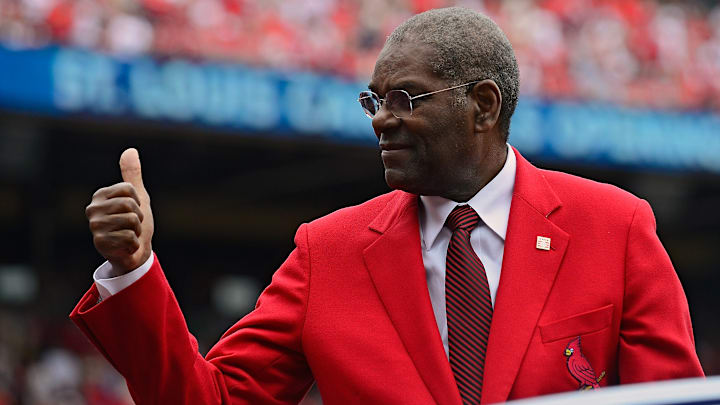Pre-1956 (1940-1956)
Mort Cooper won an MVP for his incredible 1942 season. Cooper was utterly dominant, posting an ERA of 1.78 and leading the league in wins with 22. He'd have likely won the award that season and would have stood a decent chance at winning it again the following year, considering the fact that no pitcher placed above him in MVP voting that season. Unfortunately for Mort, two Cardinals placed ahead of him, with Stan Musial winning the award and his younger brother Walker Cooper finishing as the runner-up. Mort may have also won the award in 1944, another season in which a Cardinal won the MVP, though this time it was Marty Marion. Mort finished among the lead leaders in just about every statistic.
If Cooper didn't win the Cy Young Award in 1943, it would likely have been because his teammate, Max Lanier won. Lanier was completely underappreciated during his time, and his 1943 season deserved and still deserves far more recognition. Lanier threw over 200 innings and recorded a 1.90 ERA. Though he was, by many measures, one of the NL's best pitchers, he received zero MVP votes.
The Cardinals may have won two more Cy Young Awards in the 1940s, courtesy of Howie Pollet and Harry Brecheen. Pollet was easily the NL's best pitcher in 1946 and placed fourth in MVP voting that season. No pitcher received more votes than he did. Pollet enjoyed a productive 14-year career, spending nine seasons with the Cardinals. He again received MVP support in 1949, though the competition was stiffer. Pollet recorded a lower ERA than any other pitcher who received MVP votes, including Warren Spahn and Don Newcombe. However, it would be difficult to project a win for Pollet that season.
Brecheen was the NL's best pitcher in 1948, though he finished behind Boston's Johnny Sain in MVP voting. Brecheen's lower ERA more than made up for the slight discrepancy in win totals. Had Brecheen earned just four more wins, he would have won the triple crown. It should also be mentioned that Sain received 42 starts, nine more than Brecheen was afforded. Brecheen still managed to record more strikeouts than Sain. Brecheen may have also won the award in 1945, though he was not the league's best pitcher. That honor goes to Red Barrett. However, a mid-season trade may have hurt Barrett's candidacy, as voters are often hesitant to give awards to players that switch teams mid-season. Which team was Barrett traded to, you ask? He was acquired early in the season by the St. Louis Cardinals, rendering this discussion moot, as the team was likely to win the Cy Young Award regardless.
A few others put together convincing cases, such as Flint Rhem in 1926 and Bill Hallahan in 1931, though they would have had weaker cases than those discussed above.
